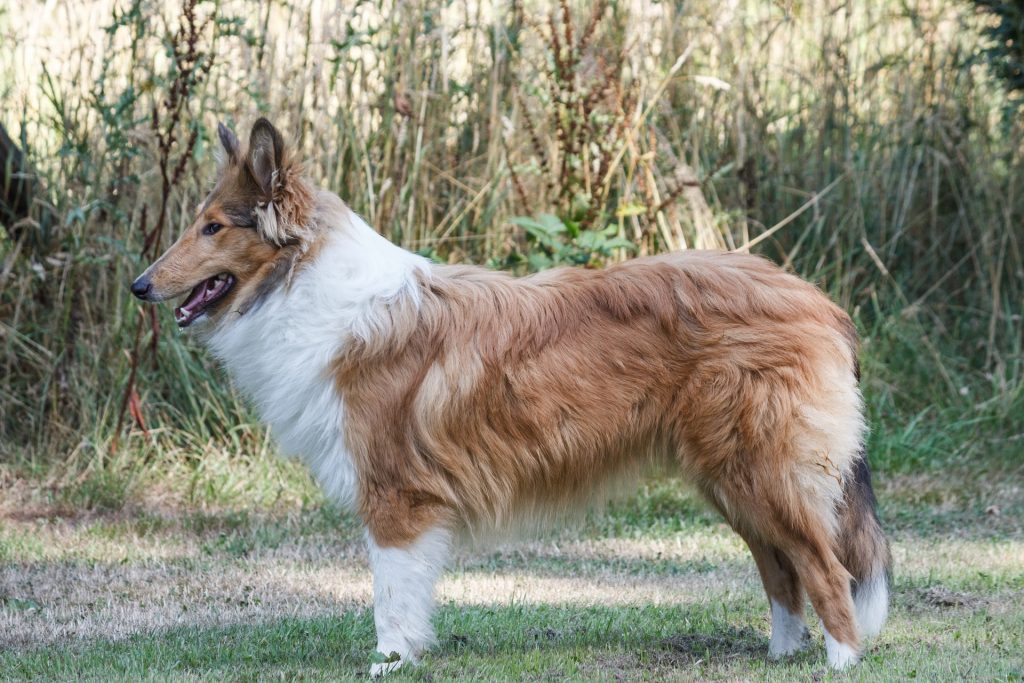When there’s something seriously wrong with our pets, its usually easy to tell – they’re lethargic, go off their food, don’t want to go for a walk. You don’t want it to get to that point, where things may be more serious than you’d like.
So, what can you be doing to keep an eye on them on a month-to-month basis? To stay aware of their bodies and notice any changes or abnormalities before they turn into something serious?
We’ve got tips for you on how to complete a tip to tail dog health check and keep track of any changes.
A top tip before you start your tip-to-tail health check
Because pets may not LOVE the idea of you poking and prodding them, make sure you have treats or their favourite kind of reward nearby. Cuddles, tasty treats or toys will help them to feel at ease, and will help you to keep them distracted if need be.
First step of your pet health check: Check their head
Start with the nose. Check for any changes or differences between the two nostrils. Make sure there is no discharge coming from the nose.
Check their eyes. Again, look for any redness, discolouration or discharge from either eye.
Finally, the mouth. Here you’re looking for any tartar build-up on the teeth or any unusual colouring to the gums. Healthy gums are pink or black. Gums that are red and inflamed can suggest infection and gums that are very pale can also be a warning sign for many more serious conditions. As a Pet Owner, make sure you’re across the importance of dental hygiene by reading these common FAQs about your pet’s teeth and gums. Have a quick whiff of your pooch’s breath. If it’s particularly bad (not just normal dog breath bad!) it can be an indicator of digestive problems or other conditions.
Pet health check step two: Check over their body
The first thing to do here is check their body condition score (BCS). At a healthy weight, you should just be able to feel your dog or cat’s ribs. There should be a dip in at the waist between your pet’s ribs and hips and the belly should not sag. Monitor their weight and look for signs of weight gain or loss.
Run your hands over your pet’s body to check for any lumps or abnormalities. Take your time doing this. Most dogs (and many cats) will enjoy the attention and gentle massage. Move up and down the body in sections to make sure you do a thorough check.
Whilst you’re checking for abnormalities, keep an eye out for ticks and fleas. Look particularly around the rump area by stroking the hair back against the grain and look for black dots near the skin. You are unlikely to see an actual flea as they move very quickly; you’re more likely to spot the black flea droppings on the skin. Ticks love protected areas like in ears, the mouth and between toes. Read more about checking for fleas and ticks & how to manage parasites.
Analysing your pet’s skin & coat is also important. If you notice dry, red or irritated skin, they could be experiencing a skin condition that may need treatment.
Take a look at the nails and pads. Press each pad and toe and check for any pain. Nails should not be cracked or broken and should not stick out over the pad. If you can hear your dog click-clacking around the house, their nails are too long and should be trimmed. Some dogs will allow you to do this yourself at home and others may need a quick trip to the vet or your local Dog Groomer.
Finally, time to check their tail
The last step in your tip-to-tail pet health check is the look over their spine, tail and their behind.
Check your pet’s spine by gently pressing each vertebrae along their back down to the tail. Look for any signs of pain or discomfort.
If your pet will let you, check their tail for normal hair growth. Also, have a look under the tail for any sores or redness. Especially important for long-haired pets as they could have feaces or foreign objects (dirt, grass etc) caught around their bottom. Washing & grooming is key here!
If you notice any changes in your dog or cat or have any concerns, consult a veterinarian.



1 comment
My cat had an over-grooming problem. It wasn”t fleas. I treat my home and my pets consistently. My vet even went through her fur with a flea comb and didn”t find any fleas, flea dirt or flea eggs. It was ants! One of her favorite places to nap was in the cabinet beneath the bathroom sink. We had an ant problem this past winter. I cleaned and sprayed thoroughly and now keep the bathroom door shut. It worked. Her hair is growing back. The itching from the ants was causing her significant stress. There are so many things that can be bothersome to cats.